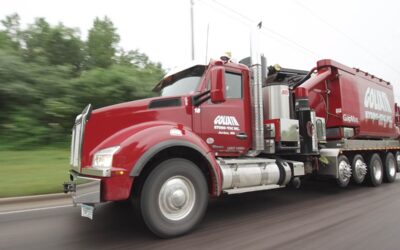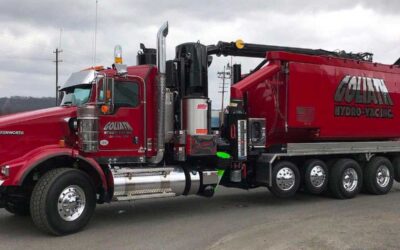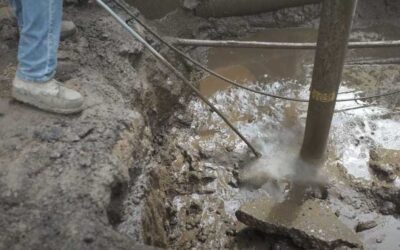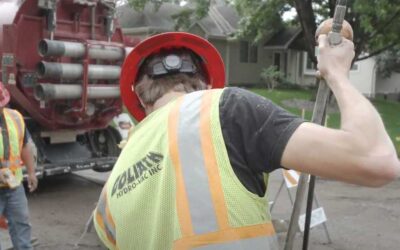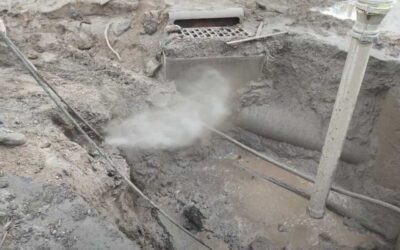The Basics of Industrial Cleaning
The Basics of Industrial Cleaning
Industrial cleaning is essential for the smooth and efficient operation of various industrial sectors, playing a pivotal role that goes beyond mere cleanliness. This vital process encompasses maintaining equipment, managing waste, and upholding a hygienic workplace that meets health and safety regulations.
Far from being a simple task, industrial cleaning involves dealing with hazardous materials, heavy machinery, and requires specialized equipment and techniques to manage the scale and complexity of the tasks at hand.
In this article, we will explore the basics of industrial cleaning, providing a straightforward overview of this essential yet often overlooked aspect of industrial operations
Sectors That Require Industrial Cleaning
Industrial cleaning is a critical service that spans various sectors, each with unique requirements and challenges. Here are some of the primary sectors that heavily rely on industrial cleaning services:
Manufacturing: This sector encompasses everything from automotive to electronics production, and is a major user of industrial cleaning services. These facilities often deal with residues that can accumulate on machinery and floors, requiring regular and thorough cleaning to maintain efficiency and safety.
Chemical and Pharmaceutical: These sectors deal with substances that can be hazardous if not properly managed. Industrial cleaning in chemical and pharmaceutical plants is not just about cleanliness; it’s about ensuring a contamination-free environment crucial for product purity and safety.
Energy and Utilities: Facilities in the energy sector, such as power plants and utility companies, often contain large, complex machinery that require specialized cleaning techniques. Cleaning is vital for maintaining equipment efficiency, preventing breakdowns, and ensuring the safe operation of facilities.
Common Contaminants in Industrial Cleaning
Industrial cleaning is designed to address a wide range of contaminants, each bringing its own set of challenges and risks depending on the sector. Here’s a breakdown of common contaminants found across the different sectors:
Lubricants and Oils: Predominantly found in the manufacturing sector, these substances are used in machinery and can lead to equipment malfunction and unsafe working conditions if not properly cleaned.
Metal Shavings: Common in manufacturing, especially in sectors involving machining processes. They can compromise product quality and pose safety hazards to workers.
Chemical Residues: A significant concern in the chemical and pharmaceutical industries. These residues can be toxic or reactive and require specialized cleaning procedures to ensure a safe and contamination-free environment.
Biological Contaminants: Primarily an issue in the pharmaceutical industry, where maintaining sterility and preventing product contamination is crucial.
Soot and Ash: Typically encountered in the energy and utilities sectors, particularly in power generation plants. These by-products can affect machinery efficiency and pose health risks.
Combustion Residues: Found in energy and utility settings, these residues accumulate around machinery and need thorough cleaning to maintain operational efficiency and safety.
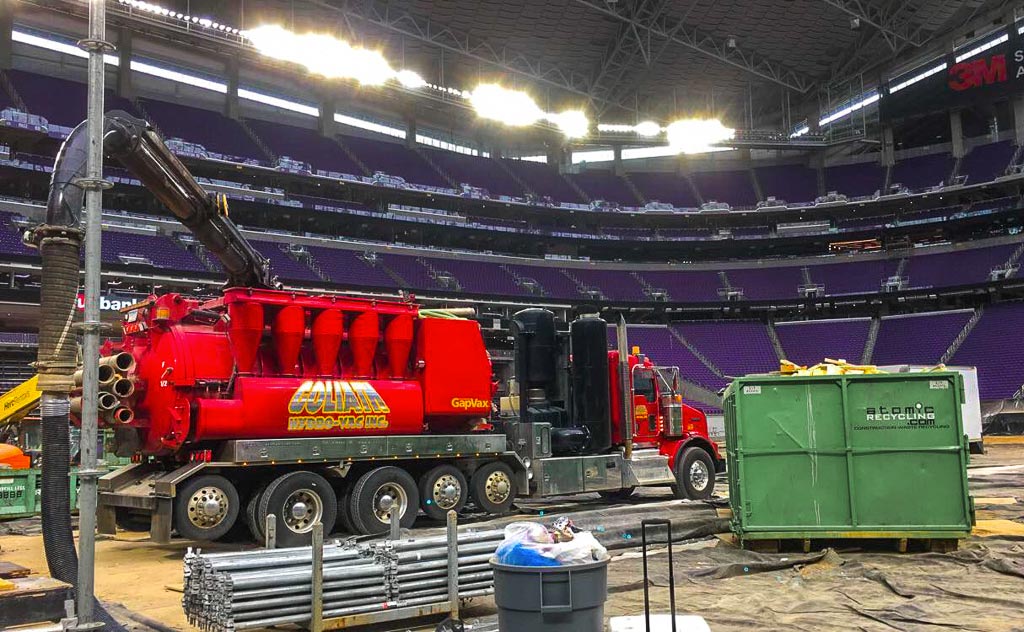
Industrial Cleaning Procedures and Standards
Industrial cleaning encompasses a range of procedures and standards, tailored to meet the specific needs of each sector and the types of contaminants they face. Here’s an overview of the key aspects of cleaning procedures and standards in industrial cleaning:
Standard Operating Procedures (SOPs): Each sector has developed SOPs for cleaning, which provide detailed guidelines on how to effectively and safely clean different types of surfaces and machinery.
Use of Specialized Equipment and Cleaning Agents: Industrial cleaning often requires specialized equipment such as high-pressure washers, industrial vacuums, and steam cleaners. The choice of cleaning agents also varies, ranging from heavy-duty detergents to specialized solvents.
Safety Protocols: Safety in industrial cleaning includes the use of personal protective equipment (PPE), proper handling and disposal of hazardous materials, and ensuring that cleaning procedures do not pose risks to workers or disrupt production processes.
Conclusion – The Basics of Industrial Cleaning
Industrial cleaning is not only essential for upholding high standards of cleanliness and safety, but it also plays a pivotal role in supporting the overall functionality and success of diverse industries.
Contact us at 612-727-3444 today to learn more about how Goliath’s industrial cleaning services can benefit your operation.
RELATED POSTS
Daily Checks for Vacuum Truck Maintenance
Daily Checks for Vacuum Truck Maintenance Vacuum trucks are highly specialized vehicles that are an integral...
Maintaining Your Vacuum Truck
Vacuum Truck Maintenance Vacuum trucks are essential for efficiently collecting and disposing of waste...
How is Hydro Jetting Used
Hydro Jetting Uses The broad-ranging applications of hydro jetting are transforming the way we approach...
Benefits of Hydro Jetting
Hydro Jetting Benefits When it comes to ground-breaking developments in excavation, hydro jetting is making...
What is Hydro Jetting?
What is Hydro Jetting? The excavation industry has seen a plethora of changes in the past few decades, with...
Projects Requiring Hydro Excavation
Hydro Excavation Projects From massive construction sites to intricate utility maintenance jobs, various...
Benefits of Hydro Excavation
Hydro Excavation Benefits Traditional digging methods have long been associated with risks, disruptions, and...
What is Hydro Excavation
What is Hydro Excavation? Are you tired of dealing with the risks and inconveniences of traditional excavation...

